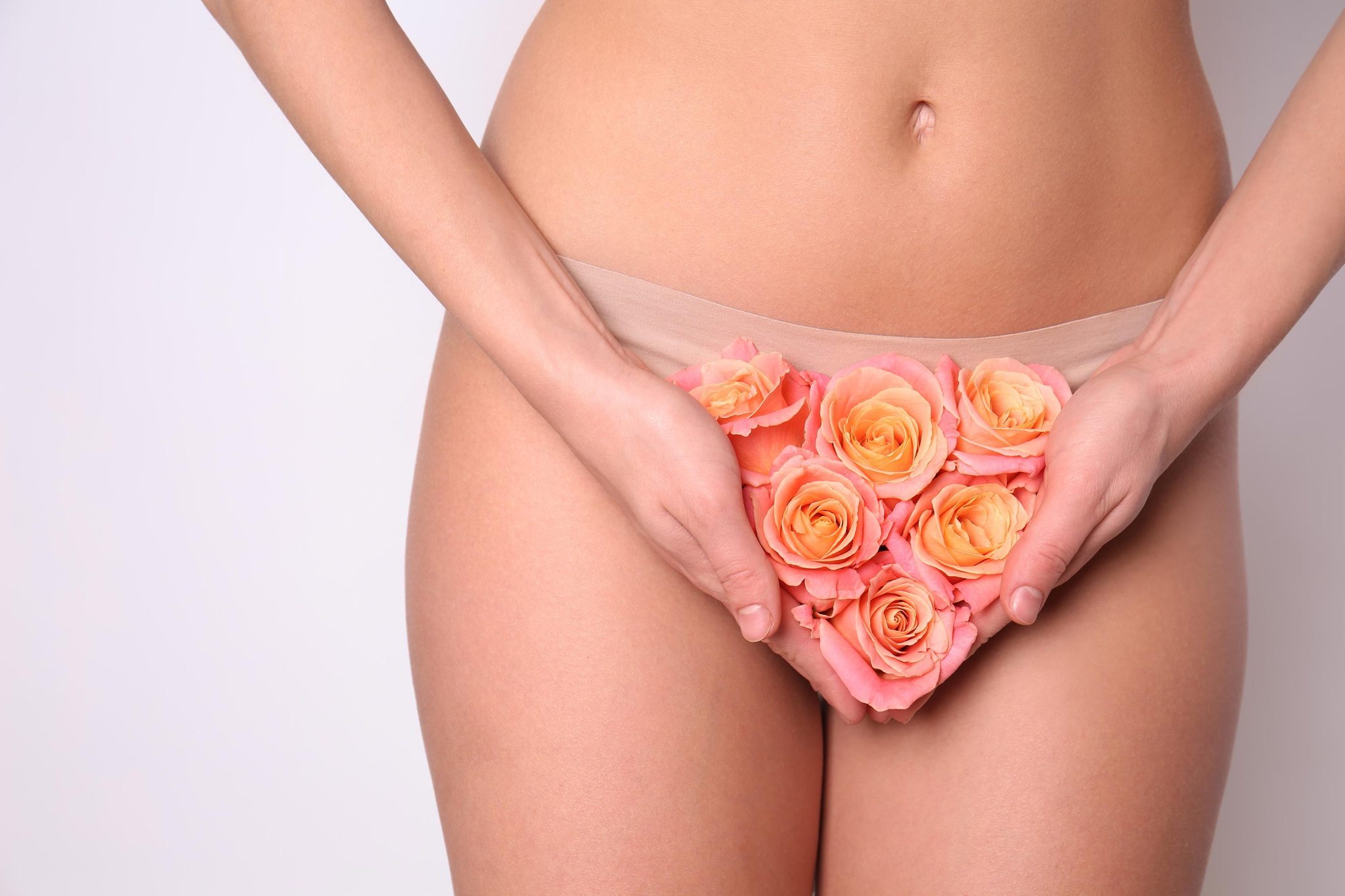
Ever wondered about the vulva? It's more than just a body part; it's a fascinating aspect of human anatomy. The vulva includes the external genital organs, such as the labia, clitoris, and vaginal opening. Each part has its own unique function and importance. Did you know the clitoris has over 8,000 nerve endings, making it one of the most sensitive parts of the body? Or that the labia can vary greatly in size, shape, and color? These differences are completely normal. Understanding the vulva can help break down myths and promote better health. Let's dive into 29 intriguing facts about the vulva that might surprise you!
What is the Vulva?
The vulva is the external part of the female genitalia. It includes several structures that play important roles in protection, sensation, and sexual function. Here are some fascinating facts about the vulva that might surprise you.
-
The vulva includes the mons pubis, labia majora, labia minora, clitoris, and the openings of the urethra and vagina.
-
The word "vulva" comes from Latin, meaning "wrapper" or "covering."
-
The vulva is not the same as the vagina. The vagina is the internal canal, while the vulva is the external part.
-
The clitoris has about 8,000 nerve endings, making it one of the most sensitive parts of the human body.
-
The labia majora are the outer lips of the vulva, while the labia minora are the inner lips.
-
The color and size of the vulva can vary greatly among individuals.
Functions of the Vulva
The vulva serves several important functions, from protecting internal genital organs to providing sexual pleasure. Here are some key points about its functions.
-
The vulva helps protect the internal reproductive organs from infections and injuries.
-
The clitoris is primarily responsible for sexual pleasure and can swell during arousal.
-
The labia minora contain sebaceous glands that secrete oils to keep the area moist and protected.
-
The vulva plays a role in urination, as the urethral opening is located within it.
-
The vulva can change in appearance and sensitivity during different life stages, such as puberty, menstruation, and menopause.
Anatomy of the Vulva
Understanding the anatomy of the vulva can help demystify this part of the body. Here are some anatomical facts.
-
The mons pubis is a fatty tissue that covers the pubic bone and provides cushioning.
-
The labia majora contain sweat and oil glands, which help keep the area clean and lubricated.
-
The labia minora are rich in blood vessels and nerve endings, making them highly sensitive.
-
The clitoral hood, or prepuce, is a fold of skin that covers and protects the clitoris.
-
The vestibule is the area between the labia minora that contains the openings to the urethra and vagina.
Cultural and Historical Perspectives
The vulva has been viewed differently across cultures and history. Here are some intriguing cultural and historical facts.
-
Ancient civilizations, such as the Greeks and Egyptians, often depicted the vulva in their art and mythology.
-
In some cultures, the vulva is considered a symbol of fertility and power.
-
The practice of female genital mutilation (FGM) involves altering or injuring the vulva and is condemned by many international organizations.
-
The vulva has been a subject of taboo and stigma in many societies, leading to a lack of education and awareness.
-
Modern movements advocate for vulva positivity and education to combat stigma and promote health.
Health and Hygiene
Maintaining vulva health is crucial for overall well-being. Here are some important health and hygiene facts.
-
Regular washing with mild soap and water is usually sufficient to keep the vulva clean.
-
Avoiding douches and harsh chemicals can prevent irritation and infections.
-
Wearing breathable, cotton underwear can help maintain a healthy environment for the vulva.
-
Regular gynecological check-ups are important for monitoring vulva health and detecting any issues early.
-
Common vulva issues include yeast infections, bacterial vaginosis, and sexually transmitted infections (STIs).
Fun and Lesser-Known Facts
Here are some fun and lesser-known facts about the vulva that you might find interesting.
-
The clitoris continues to grow throughout a woman's life and can become more sensitive with age.
-
Some animals, like hyenas, have a vulva that looks very different from humans, with unique adaptations.
-
The vulva can change color during arousal due to increased blood flow, a phenomenon known as the "sex flush."
The Final Fact
Understanding the vulva is crucial for everyone, not just those who have one. Knowledge about this part of the body can lead to better health, more informed decisions, and a greater appreciation for human anatomy. From its role in sexual pleasure to its importance in reproductive health, the vulva is a fascinating and vital part of the body.
Remember, every vulva is unique. Embrace this diversity and continue to educate yourself and others. Whether it's through reading, conversations, or medical consultations, staying informed can make a big difference.
So, next time you come across a fact about the vulva, share it. You never know who might benefit from a little more knowledge. Keep learning, keep sharing, and let's continue to break down the taboos surrounding this essential part of the human body.
Was this page helpful?
Our commitment to delivering trustworthy and engaging content is at the heart of what we do. Each fact on our site is contributed by real users like you, bringing a wealth of diverse insights and information. To ensure the highest standards of accuracy and reliability, our dedicated editors meticulously review each submission. This process guarantees that the facts we share are not only fascinating but also credible. Trust in our commitment to quality and authenticity as you explore and learn with us.
